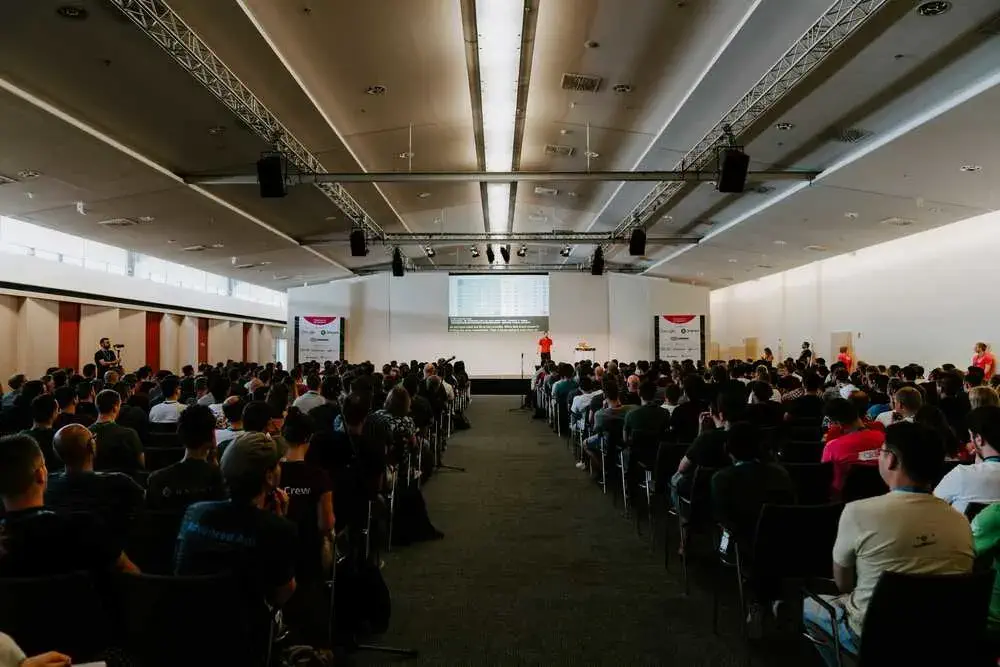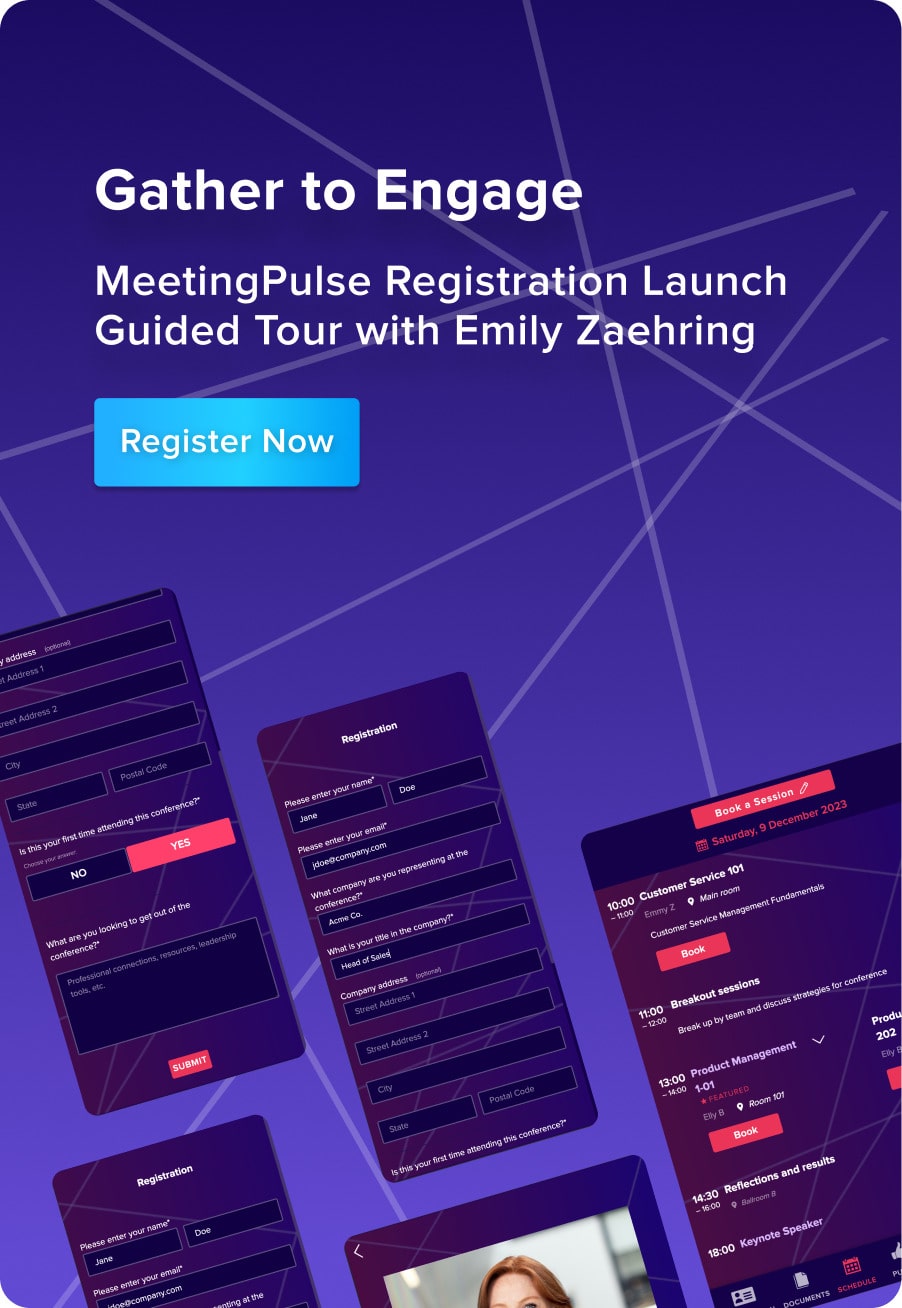Anyone who has been a presenter or attendee of meetings that involve audience participation has probably seen a clicker or personal response system.
A clicker looks like a TV remote control and allows interaction between presenters and group members. The audience can respond to polls and surveys or ask questions via the clicker, an excellent solution for overcoming the challenges of large meetings.
While audience participation is critical for engagement, the clicker itself has become outdated. They are costly and kludgy. Additionally, it is time-consuming to distribute them before and gather them after a meeting.
Many organizations are now transitioning from clickers to smartphones to enable audience participation, but the transition is not always easy.
Here are a few things to consider when it comes to potentially replacing clickers with an alternative audience response system.
Audience Response System Comparison: Clickers Versus Smartphones
- Providing clickers for an entire audience can be expensive. Facilitators must invest in their own hardware, which can carry a heavy price tag in large group settings. If audience members respond via their own web-enabled devices, costs fall significantly. BYOD events are much more affordable for organizers.
- Clickers are a hassle to distribute and collect.
- Audiences are less likely to take care of borrowed devices. Dropping or spillage can render them useless, thus potentially requiring facilitators to invest in additional units.
- There is no need for presenters to train meeting attendees when it comes to using their own devices, whereas clickers often require orientation. Smartphone use allows audience members to access audience response software over the internet via a familiar device.
- Smartphone screens provide richer interaction than clicker interfaces. Users can interact with shared content simultaneously. Relevant visualizations or games may be delivered directly to their screens with ease.
Choosing the Right Solution
A little homework goes a long way. Here are a few things to consider when researching alternative audience response systems.
- Pricing: Software as a Service (Saas) solutions are typically billed according to monthly subscription. Alternatively, they may be priced according to the number or types of users. If facilitators must install software on their company servers, a one-time fee may be required up-front.
- Features: Asses the quality and array of features offered by various audience response system providers. Here are a few things to consider.
- Flexibility to customize settings for different types of events
- Scalability to accommodate small group meetings or large enterprise-wide events
- User Friendly interfaces are intuitive. “Finger friendly” features reduce the risk of inadvertent responses.
Audience response systems allow for new and deeper levels of audience engagement. As technology advances, the solutions used to capture data from audiences continue to evolve. Clickers had their moment, but smartphones are taking center stage as the preferred solution for audience participation at meetings.
Now, group members can use their own devices to participate in surveys, polls, and voting — technology they already own with which they are readily familiar. Still, replacing the clicker is more easily said than done.
Thus, when they are ready to make a change, organizations must thoroughly research and assess available solutions.
MeetingPulse audience response solutions incorporate the best features of clickers, while avoiding the downsides, especially when it comes to cost and convenience.
For more information on our browser-based software, contact us or sign up to receive our blog updates and eBook.








